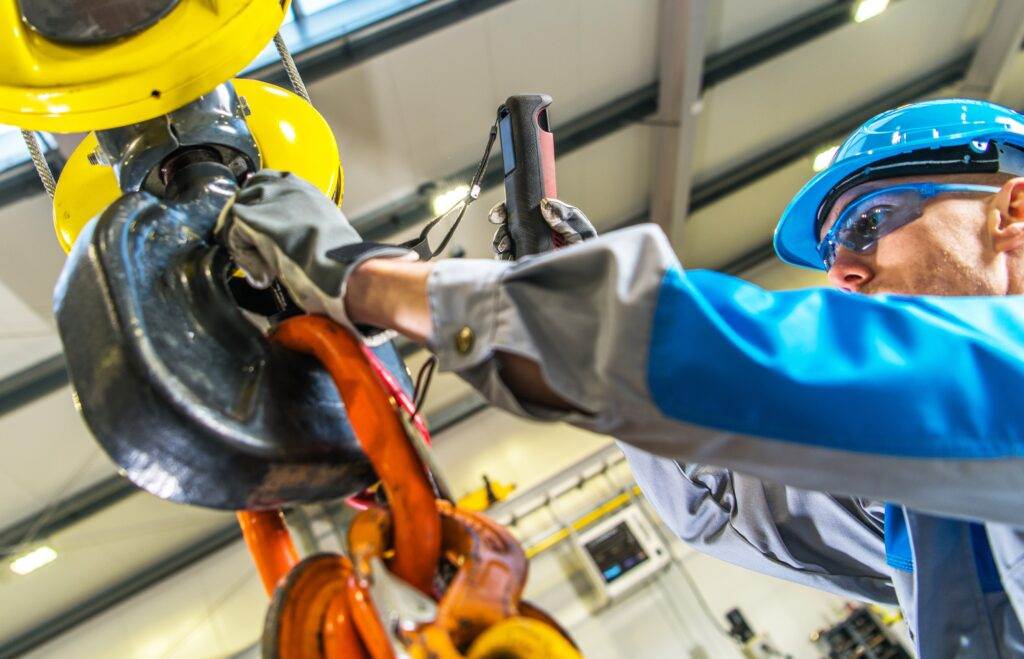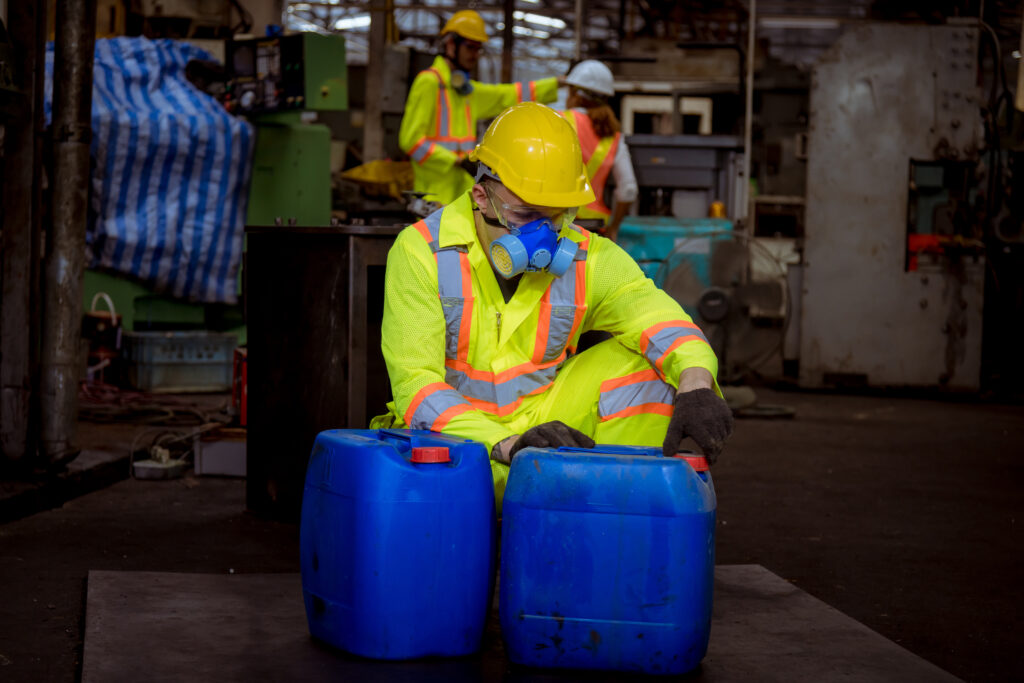Provided by: Three Sixty Safety
Overhead cranes
Overhead cranes are vital in many manufacturing operations and are often used to move large and heavy loads. However, due to the size and weight of these loads, there are a number of considerations to keep in mind in order to stay safe when using overhead cranes.
This Safety Matters provides an overview of overhead cranes and highlights precautions workers should take to avoid injuries.
Types of Overhead Cranes and Safety Considerations
Several types of overhead cranes are commonly used in manufacturing work. These cranes differ significantly from large construction cranes and include:
- Bridge cranes—A bridge crane has two raised runways that are connected by bridge or a beam from which the hoist is suspended.
- Gantry cranes—A gantry crane is similar to a bridge crane. However, instead of moving on suspended runways, the crane uses legs to support the bridge, trolley and hoist.
- Jib cranes—Jib cranes consist of a pillar mounted to a wall or floor. The pillar supports a horizontal jib or boom with a movable hoist, which is used to lift or lower a load.
The capacities of these cranes vary from just a few hundred pounds to hundreds of tons. The type of crane you use will largely depend on the work being performed.
Regardless, each of these cranes requires similar safety precautions, as even small capacity cranes have the potential to cause serious injury. In order to protect your health and safety, keep in mind the following:
- Never operate a crane you aren’t properly trained to.
- Inspect all cranes prior to use. You should perform both an operation inspection and a physical inspection, examining the crane itself, as well as the hoist and all lifting devices. If a crane ever fails an inspection, notify your supervisor immediately.
- Never make modifications to a lifting device.
- Use cranes as directed by the manufacturer. Specifically, you should only pick up items within the rated load capacity. It’s also important to remember that, if the load rating for the sling differs from that of the crane or hoist, you must defer to the lower rating.
- Never allow anyone to be under a raised load. Furthermore, raised loads should never be left unattended.
- Always return hoist hooks to their designated positions after use. They should never be left hanging where someone might run into them.
- Store all below-the-hook lifting devices (e.g., slings) off the ground and in an area where they will not be damaged.
- Practice safe lifting. Above all, when raising a load over an obstruction, the load must clear the obstruction by at least 3 inches.
- Never place your hand between a sling and load.
For questions regarding overhead crane safety, speak with your supervisor.
This Safety Matters flyer is for general informational purposes only, and is not intended as medical or legal advice.








